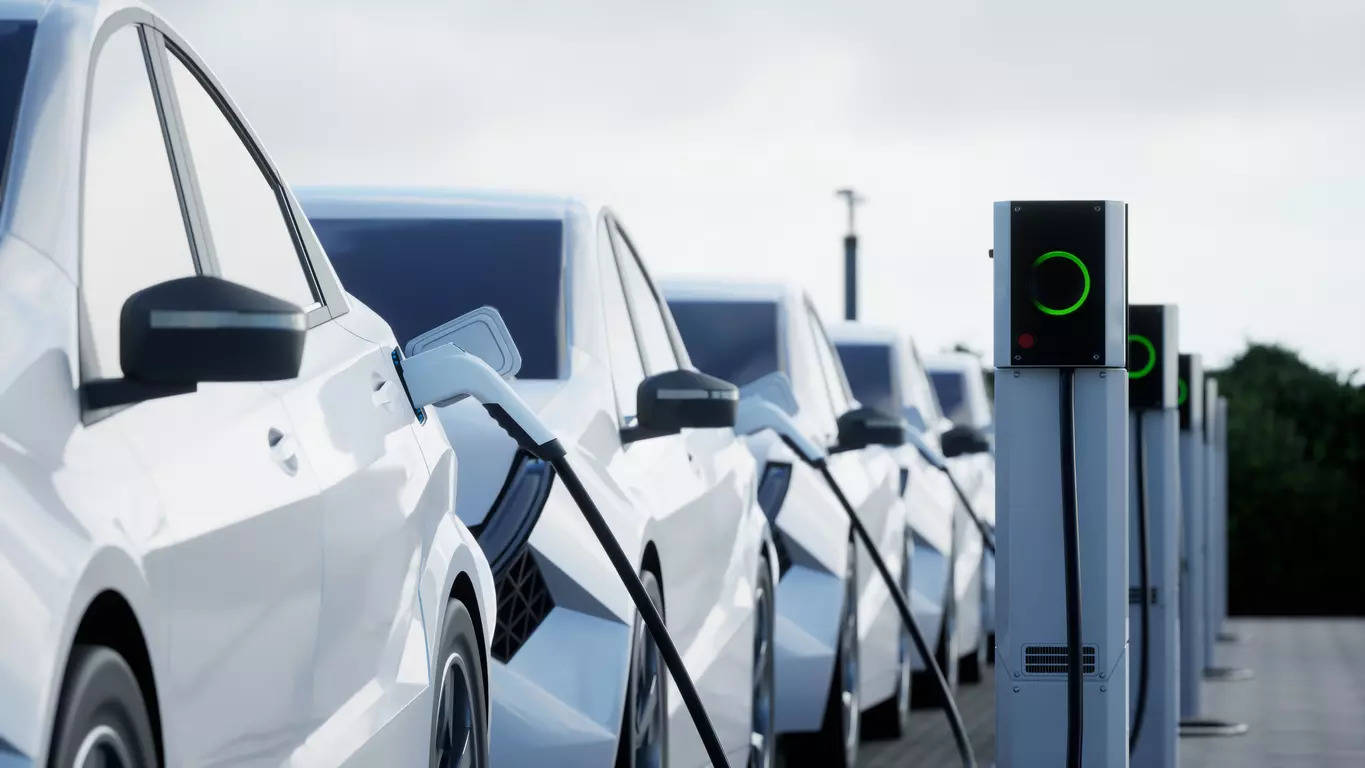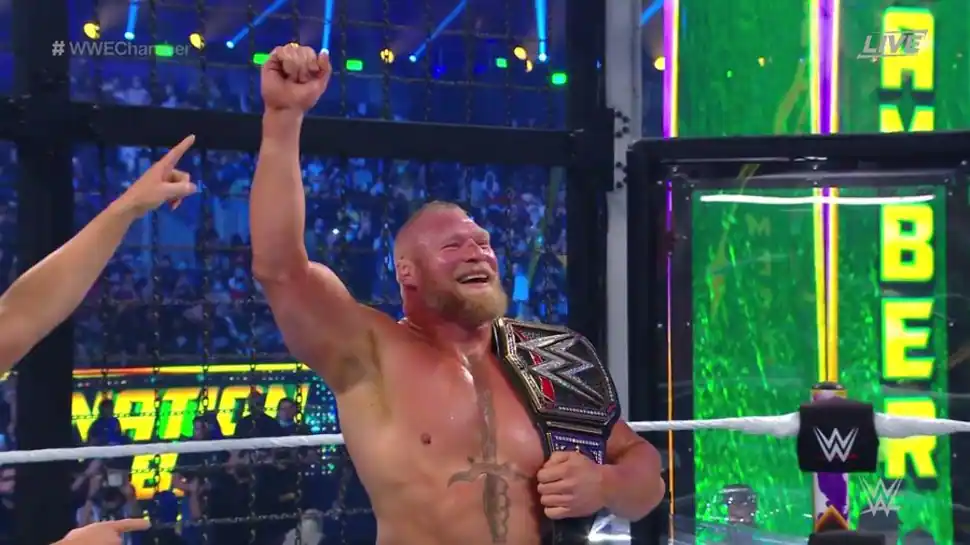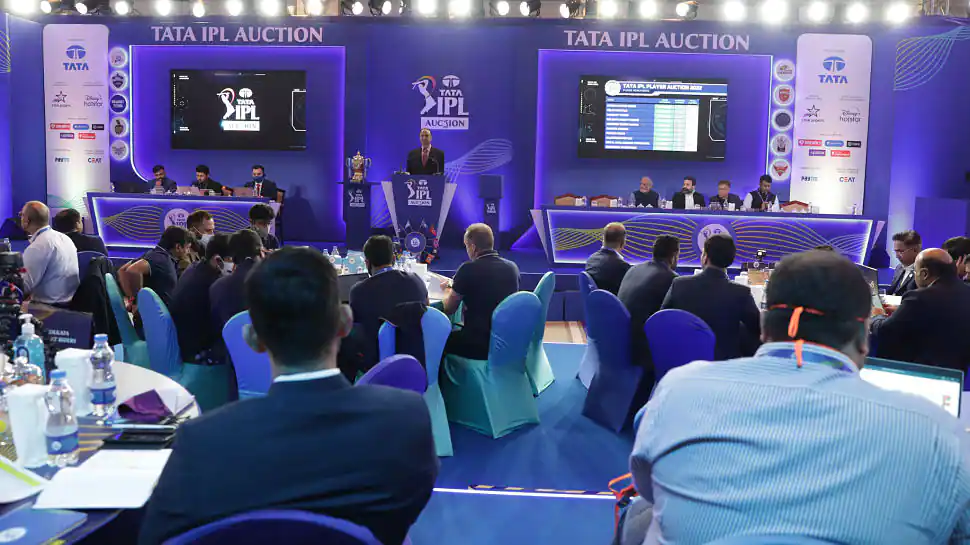
The EV sector drew a blank in the Union Budget for 2024-25, with no direct announcements on subsidies or other benefits for promoting green tech. Though Heavy Industries MInister H D Kumaraswamy had let the cat out of the bag some days back when he had said at an industry event that a new scheme for purchase subsidies for electric vehicles will not be announced in the Budget, the industry was hoping for some measures to spur EV sector growth.A person close to developments told ETAuto that the third edition of the FAME scheme, which will continue to offer subsidies for EVs, is in the works but has not been approved by the Prime Minister’s Office yet. This person said that the new edition of FAME will likely include etrucks for the first time and the budgetary outlay for it may be similar to the second edition of the scheme, which ended on March 31 this year.
He also said that in case FAME III is not announced by the end of the month, the government may extend the EMPS – a short term scheme which was valid between April one and July 31 – for a few months. A spokesperson for the Ministry of Heavy Industries declined comment.
Meanwhile, Rajat Mahajan, Partner at Deloitte India, echoed the sentiment of the industry when he said that the Budget had been “silent on direct benefits to the automotive sector. The industry was not expecting a lot but was definitely looking for some announcements wrt FAME III subsidies, and other direct benefits for EV/ NEV. We may have to wait to see if there are any further relaxations in the future by the Finance Ministry or by the GST Council.”
A second EV industry leader said that there were no clear indications as yet about the timeline for a FAME III. “Government officials have said it will come but nothing has been clarified yet,” this person said.
FAME scheme
The second edition of FAME – Faster Adoption and Manufacturing of Hybrid and Electric Vehicles – was launched in 2019. In the five years till March 31, 2024, the scheme subsidised 11.7 lakh e2ws (higher than the scheme’s initial target of supporting 10 lakh e2ws), 4600 electric buses against a target of seven thousand ebuses and 1.3 lakh electric three wheelers which is just about a fourth of the target at five lakh vehicles.
In various pre-Budget discussions with industry representatives, officials of the ministry of heavy industries (the administrative ministry for FAME II) have already indicated that subsidising e2w sales may no longer be a policy priority and instead, ebuses and etrucks may see a push in the coming months.
Since FAME II ended on March 31, the government had launched another scheme – the Electric Mobility Promotion Scheme (EMPS) with a Rs 500 crore outlay and reduced subsidies for some vehicle categories, from April one to July 31. This is what the industry is hoping will get extended in case a third edition of FAME doesn’t get finalised before the month end. Just like the FAME II scheme, EMPS was also largely designed to support e2ws.
Indirect benefits
While the Budget announcements today do not offer any direct benefits to customers for automobiles, Mahajan of Deloitte pointed out several indirect benefits on the supply side. These include exempting critical minerals such as Lithium from customs duty and keeping basic customs duty for battery cells and battery manufacturing machinery unchanged. “This may encourage few players to indigenise. This is likely to support the energy transition which is the need of the hour,” he said. Also, the proposal to remove the basic customs duty on ferro nickel and blister copper will help with input price reduction for vehicles including batteries.

















